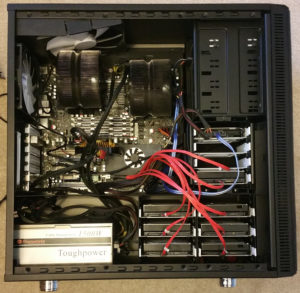I had a lot of problems with Opensuse Leap 42.2 and Lightworks. This time it was portaudio that was causing all the problems. It would either hang Lightworks when loading at the point portaudio tried to detected the audio interfaces. Or it would just be a mess of buffer overloads.
I fixed it in a weird way. I downloaded builds of libportaudio2 and libportaudioccp from Ubuntu, for the right architecture. I think unpacked them into /usr/lib/lightworks, which is where lightworks looks first for libraries. This worked, with one additional requirement that you have to use GlobalSettings.txt in your ~/Lightworks directory to make sure that portaudio uses pulseaudio as the interface. This avoids the buffer problems. Do all that and Lightworks 12.6 is happy on Opensuse Leap 42.2.
I am about to try Lightworks 14, see how that works before I pay for the upgrade.
